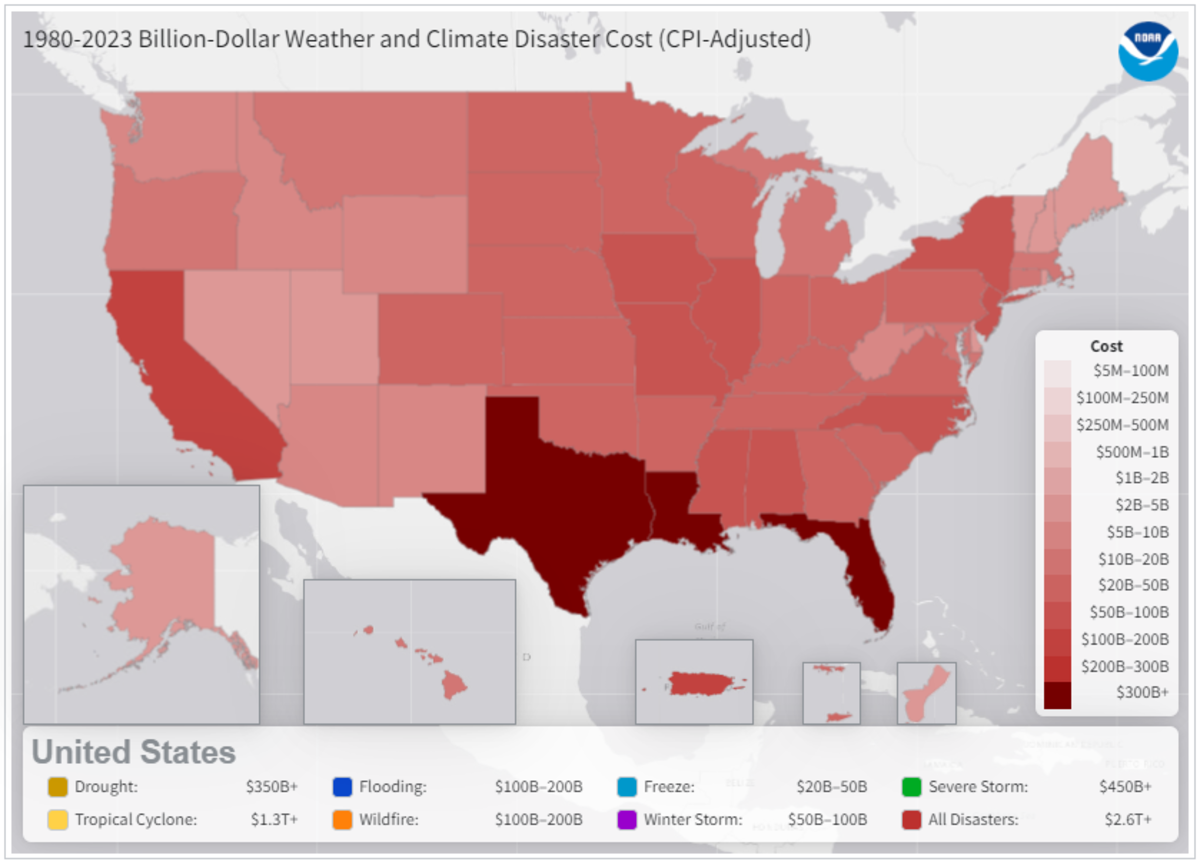Austin-based news station KXAN reported this week that dozens of United Methodist churches in Texas have found themselves struggling to find property insurance this year. Without property insurance, churches, many of whom have large and sprawling facilities, are vulnerable to expensive losses in the event of severe weather, fire, and other mishaps.
Representatives for the Rio Texas Conference of the United Methodist Church, which includes churches all the way from Austin to the border, told KXAN that previously, all churches were represented by a single property insurance policy, an arrangement which has worked for generations. But the company which held that policy decided to discontinue that program at the end of 2023, leaving Rio Texas churches scrambling to find individual property insurance coverage for their buildings.
The KXAN article reports that the insurance company declined to continue offering coverage for the churches because it was no longer profitable, citing changing weather patterns which have increased the frequency and severity of catastrophic weather events.
These churches are caught up in a larger story about property insurance in the United States as the rate of property loss due to natural disasters climbs in a changing climate.
Weather and climate-related disasters seem to be happening with increasing regularity. My own congregation has dealt with property damage from extreme cold in 2021 followed by extreme precipitation; the combination damaged the roof and exterior finishes on the building. In 2023 the Austin area experienced extreme heat, massive hail, drought, and even a brief outbreak of tornadoes.
The National Oceanic and Atmospheric Administration (NOAA) confirms the sense that these events are happening with greater frequency, calling 2023 an “historic year for billion-dollar weather and climate disasters.” NOAA reports twenty-eight separate billion-dollar weather and climate disasters nationwide. The Houston Chronicle reports that Texas experienced a large share of those disasters.

“Of those 28 weather and climate disasters, 16 affected the Lone Star State, costing more than $20 billion in shared losses with neighboring regions. With more than $402 billion in total losses since 1980, Texas also leads the nation in cumulative costs.”
A single hail storm in May 2023 caused $1.6 billion in losses in Texas. June hail storms caused an additional $3 billion in losses for Texas and other states.

Churches in the southern half of the Rio Texas Conference must also deal with hurricanes, which scientists say are becoming more intense, faster, as the climate warms. And the area threatened by storm surge has expanded, as a result of sea-level rise.
Texas has always dealt with a large variety of natural disasters, so what has changed?
The increase in the frequency of weather and climate disasters in the state is caused by climate change. Texas is uniquely vulnerable to weather and climate disasters, given our diverse geography, long coastline, and proximity to the Gulf of Mexico.
When the number of damaging natural disasters goes up, so do property insurance claims. And when insurance companies have to pay out more in claims than they are able to take in through premiums, then the insurance company is no longer profitable. The insurance company then has two choices, either increase premiums or deny coverage to high risk properties.
In the past, high risk properties were confined to parts of the coastline vulnerable to hurricanes or inland areas that were at risk of flooding. But now, given the increase in weather and climate disasters, we are seeing a shift, as insurance companies have begun designating broader swaths of the state as high risk. The same thing has happened in Florida, which is at high risk for hurricanes as well as the impacts of sea level rise, and California, which is at risk from the climate-related risks of wildfires and landslides, among many other geological risks.
So what is the solution? The simple math of keeping an insurance company solvent would suggest that if claims increase, then premiums would have to increase as well. Many churches have reported very large increases in their property insurance premium. The KXAN article reports that one church saw an increase of $150,000.
Budgets for churches and other faith communities are tight and accommodating that kind of increase for property insurance is a huge challenge. To keep a balanced budget, churches will need to make changes in staffing or in the ways they carry out their ministries.
Our cities depend on faith communities, and their facilities, for a range of services like Alcoholics Anonymous meetings, feeding ministries, healthcare ministries, English as a second language classes, mental healthcare, socal organizations, youth ministries, and more. Massive increases in property insurance premiums threaten not just the financial health of individual congregations, but threaten a vital part of the community.
If climate-related disasters have made the insurance market untenable, and high property insurance premiums threaten the health of our faith communities, which threatens their to do their necessary work in our cities, then what is the solution?
This is a systemic problem that is best addressed collaboratively. Texas Impact is thinking about ways to organize faith leaders in support of a policy solution. In the meantime, consider writing a letter to the editor about this problem or contact your elected representatives. You can also let your legislators know that you support efforts to reduce emissions of greenhouse gasses like carbon dioxide and methane (a few examples: support the EPA’s recently adopted Section 111, which places limits on methane emissions; support the EPA’s adoption of the Waste Emission Fee, which charges polluters for excessive emissions; tell your legislators you support the pause on new liquified natural gas permits while DOE evaluates whether they are in the public interest given new understanding on the effect of methane on the climate).
Even if we manage to fix the property insurance issue, the problem of climate change remains. MItigating the emissions of greenhouse gasses is the most fundamental way to ensure predictable and stable climate, and predictable and stable insurance markets, in the long term.
